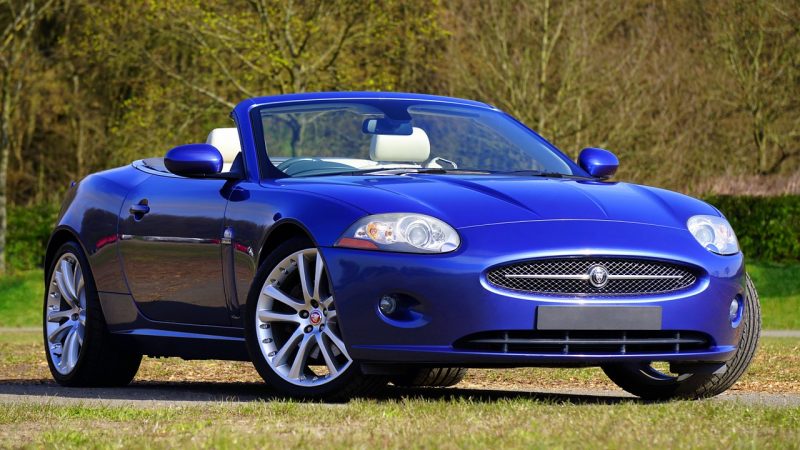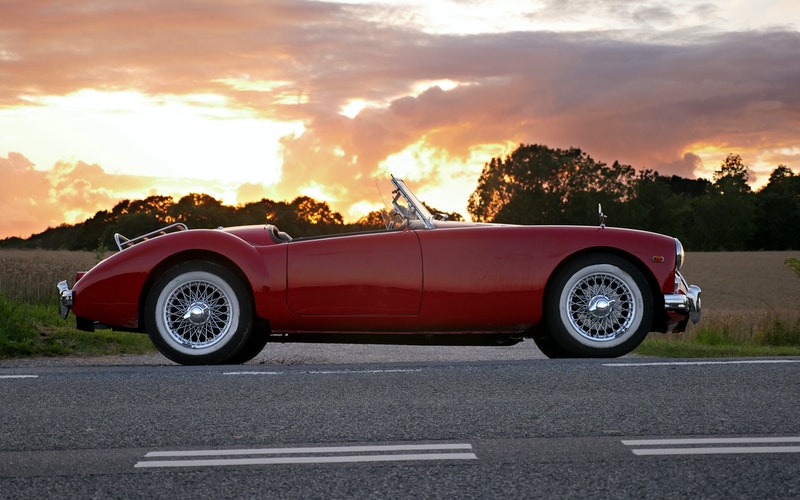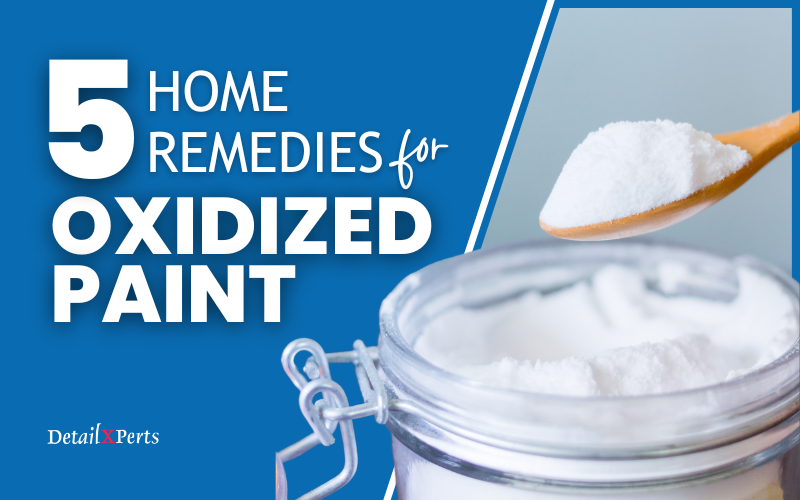Did you know that an abrasive material can restore your car paint to its original luster? Yes, you can give your vehicle that “new car” glossy look and perfect shine that all car owners want to retain.
Car Paint Correction Process
Paint correction is a process of restoring and enhancing the original paintwork of a vehicle by an expert car detailing facility using specialized tools and an abrasive material of the professional’s choice. Swirls, scratches, grime, and oxidation are methodically removed. Specialized polishing machines and agents slowly remove microscopic layers of clearcoat. A buffing or polishing machine is a hand-held motorized spinning head with a fiber rotating pad connected to it. This car detailing tool circularly spreads a compounding agent on the painted surface. Then it slowly rubs down the surface and removes the scratches like a fine grit sandpaper. The result? A slick and glassy surface! Then the detailing professional would add a wax or paint sealant to create shine, lock in the glow, and protect the newly buffed down or finished car surface.
Abrasive Material for Paint Correction: What to Use?
Airborne pollutants, industrial fall out, brake dust, and acid rain that contain metal particulates oxidize over time and create rust. Basic car care or even a thorough car washing will not totally remove these contaminants from the car’s surface. Moreover, an abrasive material from the list below and the proper car detailing tool do the job.
Clay Bar
A clay bar is an engineered resin compound that grabs particles to stick to the clay. It glides along the car paint to pick up contaminants. Then, it removes them from the car’s surface. Here are the steps:
- After you wash and dry the car’s body, spray an area of the car with a clay lubricant.
- Gently rub the clay bar back and forth across the wet area. This way you will pull the contaminants out of the paint.
- Once the clay bar glides freely, the paint is clean.
- Wipe the area with a microfiber towel and spray clay lubricant again to remove any clay residue. If the surface is as smooth as glass, it is done.
- The process is repeated to the rest of the car’s body.
Clay bar is the least abrasive material used in a professional car detailing process. Clay bars can also be used for cleaning car windows.
Rubbing Compound
A rubbing compound or a cutting compound is an abrasive material that grinds the car surface. Additionally it helps hiding scratches or swirls, restores the original car paint and serves as a new layer of top coat. Here’s how it works:
- Before applying a rubbing compound, wash down scratched areas with soap and water. Dry them with a cloth.
- Remove the scratch until it reaches the surrounding paint layer. Use a sandpaper soaked in a soap and water solution to perform a smooth wet sanding.
- Spread a thin layer of compound over the sanded down scratch. An orbital polisher with a wool pad performs the act of rubbing down the scratched area. For example, a microfiber towel is an alternative tool to manually rub down the compound. Additionally, both methods level down the scratches; however, a microfiber towel is safer for car paints.
This compound has different levels of grit which smooth different depths of scratches within the paint.
Car Polish
After applying the rubbing compound, take another wool pad on an orbital polisher to polish the car surface and to make it look even, smooth, and shiny. Moreover, car polishing makes the paint surface smoother at a microscopic level. A polish is a substance like wax which dries to a hard coating that can be buffed to a glossy finish. It uses a finer grit of abrasive as opposed to a rubbing compound.
A caveat – polish will not remove scratches or paint defects (swirl marks, buffer tails, etc.). However, it will remove the dull color of the car paint. Moreover, it will protect the surface from water, dust, minor scratches, or fingerprints.
Car Wax or Paint Sealant
You need to protect the car paint for it to have a long-lasting shine. Here’s how:
- After compounding and polishing the car surface, apply a car wax or paint sealant over to protect it.
- While a car wax is a natural product and a paint sealant is synthetic, both protect the paint by applying a layer of product (polymer or resin-based ingredients) to give the paint a longer lasting shine.
- This protective layer dissolves over time (3-4 months) and you need to reapply it.
With today’s technology, car paint finishes are designed to look good for many years. Yet, professional detailing can bring value by enhancing the true glow of your car’s finish. Schedule an appointment with DetailXPerts to have your car assessed for paint correction or for your next professional and expert car detail services.
Enjoyed this post? Sign up for our newsletter to receive more valuable tips, ideas, coupons, and extras!





